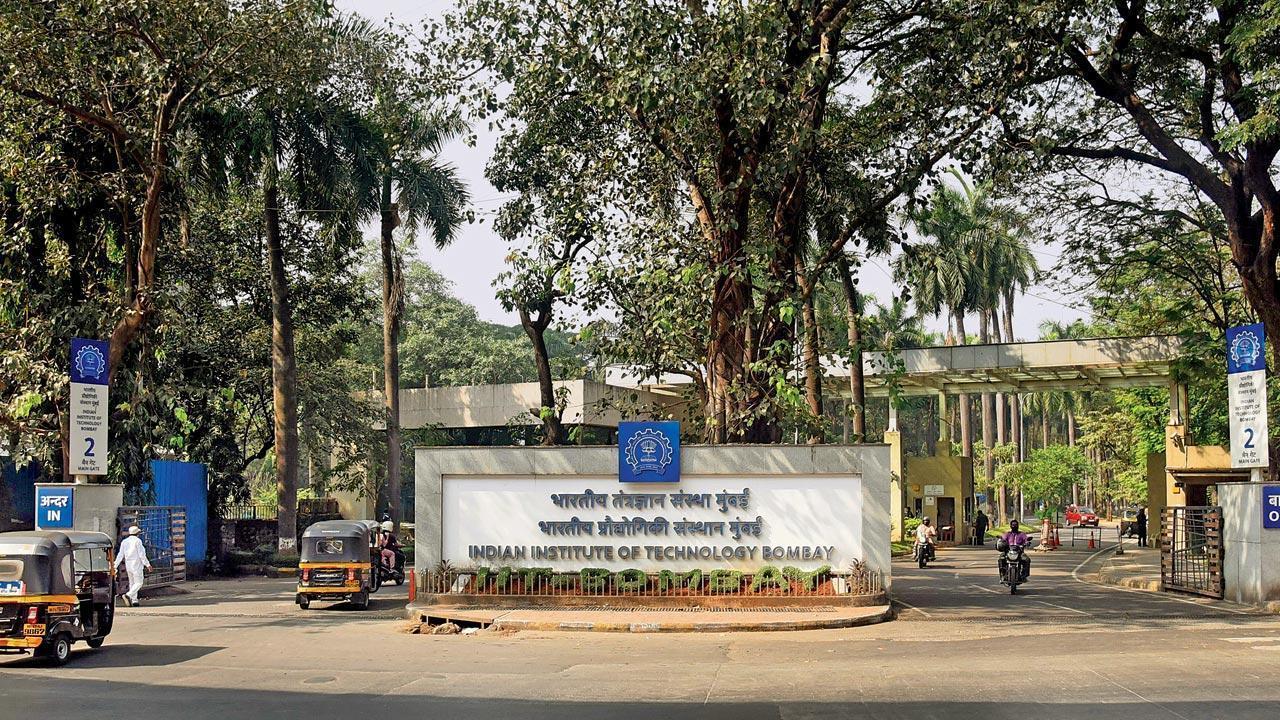The device addresses multiple shortcomings of earlier evaporators and has the potential for large-scale applications. This evaporator can be heated by both solar energy and also by electricity – known as Joule heating – the institute informed

Researchers at IIT-Bombay have developed a new material that can facilitate water desalination and help in addressing the growing freshwater crisis in the world. File pic
Researchers at the Indian Institute of Technology (IIT)-Bombay have developed a new material that can facilitate water desalination and help in addressing the growing freshwater crisis in the world, reported PTI.
Professor Swatantra Pratap Singh and Aiswarya CL from IIT-Bombay have developed the material called the Dual-Sided Superhydrophobic Laser-Induced Graphene (DSLIG) evaporator, the institute said on Wednesday.
The device addresses multiple shortcomings of earlier evaporators and has the potential for large-scale applications. This evaporator can be heated by both solar energy and also by electricity – known as Joule heating – the institute informed, according to PTI.
Freshwater scarcity, a significant issue in various parts of the world, is expected to intensify in the coming years.
While water is abundant on Earth's surface, only about 3 per cent of it is freshwater, and even within that, less than 0.05 per cent is easily accessible and removing salt from seawater and brackish water is seen as one of the solutions to address this problem.
However, brine – concentrated salt solution – from desalination poses a major problem in landlocked places, and industries are looking for zero liquid discharge.
By combining both solar and electric heating, the material is protected from fluctuations"Fluctuations in solar radiation cause temperature variations on the evaporator's surface. On cloudy days, the performance of the interfacial system is halted due to the lack of solar energy. Additionally, the variation in solar radiation during the day affects the evaporation process, with evaporation rates typically peaking around 2 pm when solar intensity is highest," Professor Singh explained, according to PTI.
By combining both solar and electric heating, the material is protected from fluctuations in the availability of sunlight. When there is less or no sunlight, electricity can be used to heat the evaporator and maintain similar temperatures, ensuring consistent performance, he noted.
Additionally, DSLIG has a superhydrophobic property, which means it can repel water like lotus leaves.
Prof. Swatantra Pratap Singh & Aiswarya C. L. from IITB have developed a new hydrophobic graphene based material that facilitates water desalination. https://t.co/dxNmLeGeoj pic.twitter.com/5qenRXlwVc
— IIT Bombay (@iitbombay) April 16, 2025
Thus, superhydrophobic materials reduce the contact area between water droplets and the material surface, making droplets roll over them instead of wetting.
In desalination applications, the superhydrophobic nature of DSLIG helps prevent salt dissolved in water from sticking to the evaporator surface, thus maintaining efficiency over time.
"The primary goal of our work was to create a superhydrophobic surface, exhibiting the lotus effect, capable of functioning with both solar and Joule heating," added Professor Singh.
The researchers fabricated DSLIG by coating a layer of a polymer called polyvinylidene fluoride (PVDF) on one side of a thin layer of another polymer LIG, poly (ether sulfone) (PES). Graphene was then engraved on the PVDF polymer side of the material using laser-based engraving technology.
Laboratory tests showed DSLIG not only exhibits lotus leaf-like behaviour, preventing salt deposition and excellent efficiency for desalination under both electric and solar heating, but is also very effective in treating extremely concentrated salt solutions.
This made it an ideal candidate for treating salt water discharges from other desalination outlets as well as industrial wastewater.
The researchers also found that the performance of DSLIG improved when multiple evaporators were stacked on top of each other.
(With PTI inputs)
 Subscribe today by clicking the link and stay updated with the latest news!" Click here!
Subscribe today by clicking the link and stay updated with the latest news!" Click here!








